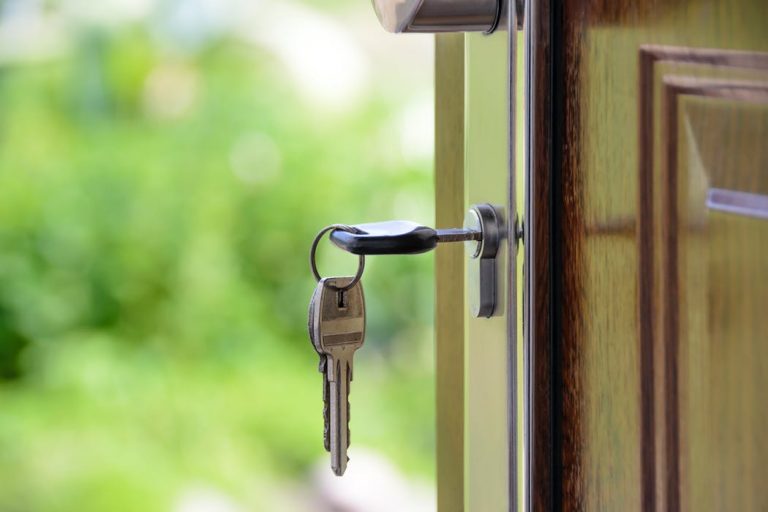
If you find your basement filled with water after a storm, it can be disheartening and leave you feeling helpless. Just witnessing the damage to your home and possessions is enough to leave anyone feeling overwhelmed. It’s tough to know where to even start the cleanup process.
Rising waters can not only damage your furnishings and storage items but can actually cause structural damage to your home and leave you at risk for mold and mildew issues. The longer you have to wait for the waters to recede, the more likely it is that permanent damage can be done.
Try not to panic in this situation and keep in mind that even the worst messes from flooding can be fixed. Always keep your own and your family’s safety in mind when you start the process. Flood waters can be dangerous in terms of contact with electricity and harmful bacterias and debris caught in the flow.
Talking to a certified water damage cleanup professional can help you answer any questions about the procedure. Take a look at some of the following tips that you should follow if you find your basement is flooded.
Turn Off The Power
Your first step should be to shut off all the power in your home that feeds the flooded area. Don’t risk your life by entering a flooded area that could be electrified. If you have natural gas you should shut off all valves to avoid any leaks. Electricity and water can be a deadly combination that you should always avoid saving you from injury or the risk of fire.
Be Safe
There is no way to easily navigate through a flooded area. Visibility can be limited and tough to see any hazards lurking below the surface. Be sure to wear protective boots when entering the flood area to protect your feet from puncture injuries. To be safe you should never handle any damaged items without protective gloves and eyewear.
Find The Source
As soon as it is safe to enter the basement you should be looking for the source of the leak. Focus on any cracks in the foundation, window sills and all of your water pipes. Make sure that the water is interior water is turned off. Find your floor drain and make sure that it isn’t clogged or blocked by any debris.
Remove Water
If your entire neighbourhood is flooded it may take awhile for your local sewer system to keep up with the flooding and empty out your basement. In the meantime you can start bailing out the area the best you can. Bring in a sump pump if your home isn’t equipped with one and suck up any excess water with a wet/dry vacuum.
Once the area is a free from standing water you can set up fans and open windows and doors to help circulate the air and dry up your floors.
Clear Out
Your first priority is to get everything out of the basement as soon as possible. Don’t stop to sort anything until it is all in a dry space. If it is dry outdoors, start moving your things out onto the lawn or driveway. Do not attempt to move any electronics like a television or stereo. It is safer to let these items dry in place.
Rip up all of your carpet and underpadding. After allowing for 48 hours of drying time you can start to decide what items you can keep and what has been lost. Once your basement is cleared it’s a good idea to use a anti-mildew spray on the surfaces to help prevent any bacterial issues.





Leave a Comment